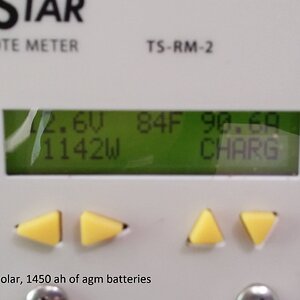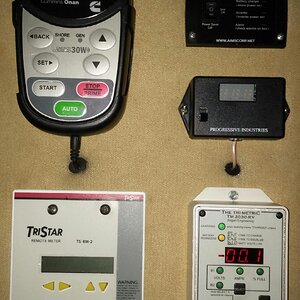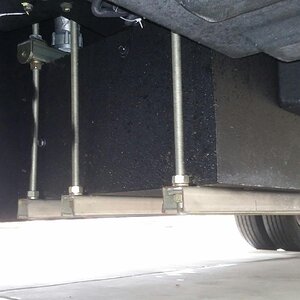Kevin D Pem
RVF 5K Club
- Joined
- Jul 29, 2020
- Messages
- 5,274
- Location
- AZ
- RV Year
- 1984
- RV Make
- Alpinelite
- RV Length
- 26'
- TOW/TOAD
- 2016 Ram 1500
- Fulltimer
- Yes
I am sorry. I would have made a dissertation using the 1990s NEC I used when I worked in the trade. But alas that was then and this day I am a little dimmer in my memory.That was a good read right up until guaranteeing a circuit rated for 50A will be fried by 50A. More so discredited by writing "For every 100 feet, voltage drops by 20%."
No more arguing! If the man desires, he can use an extension cord. Hopefully he learned that the only guarantee one has to a circuit being designed for 50amps, is one not designed by a bunch of people on a forum, that may or may not know what they are talking about. He will be the ultimate judge.












